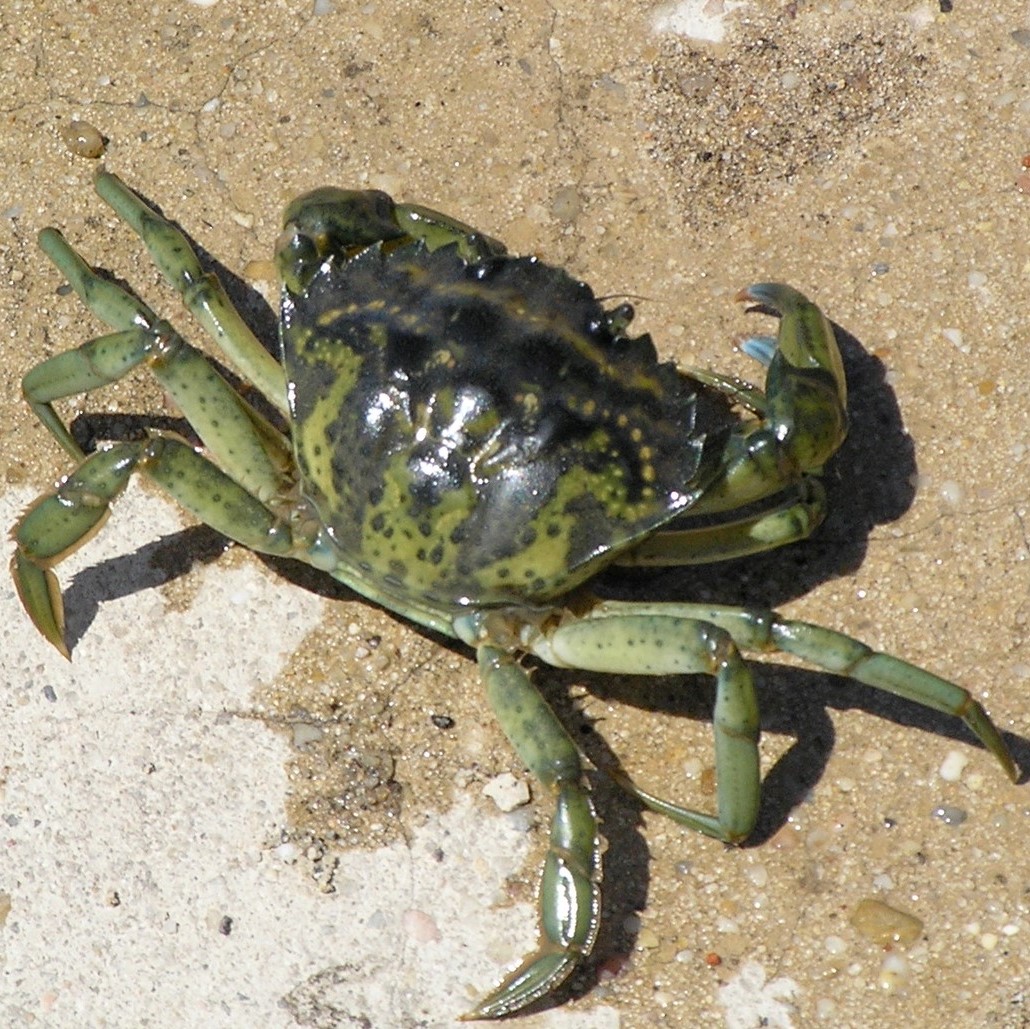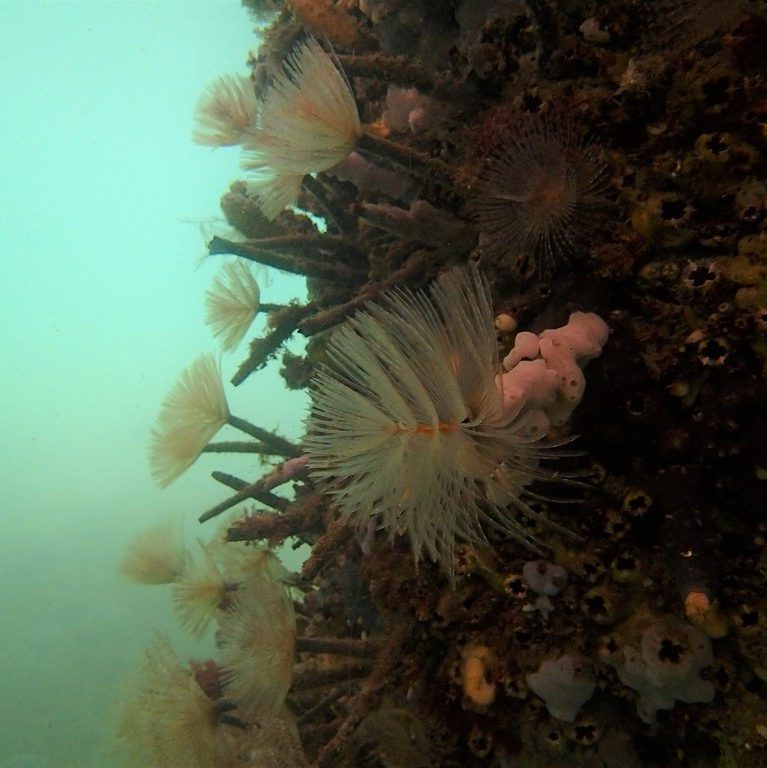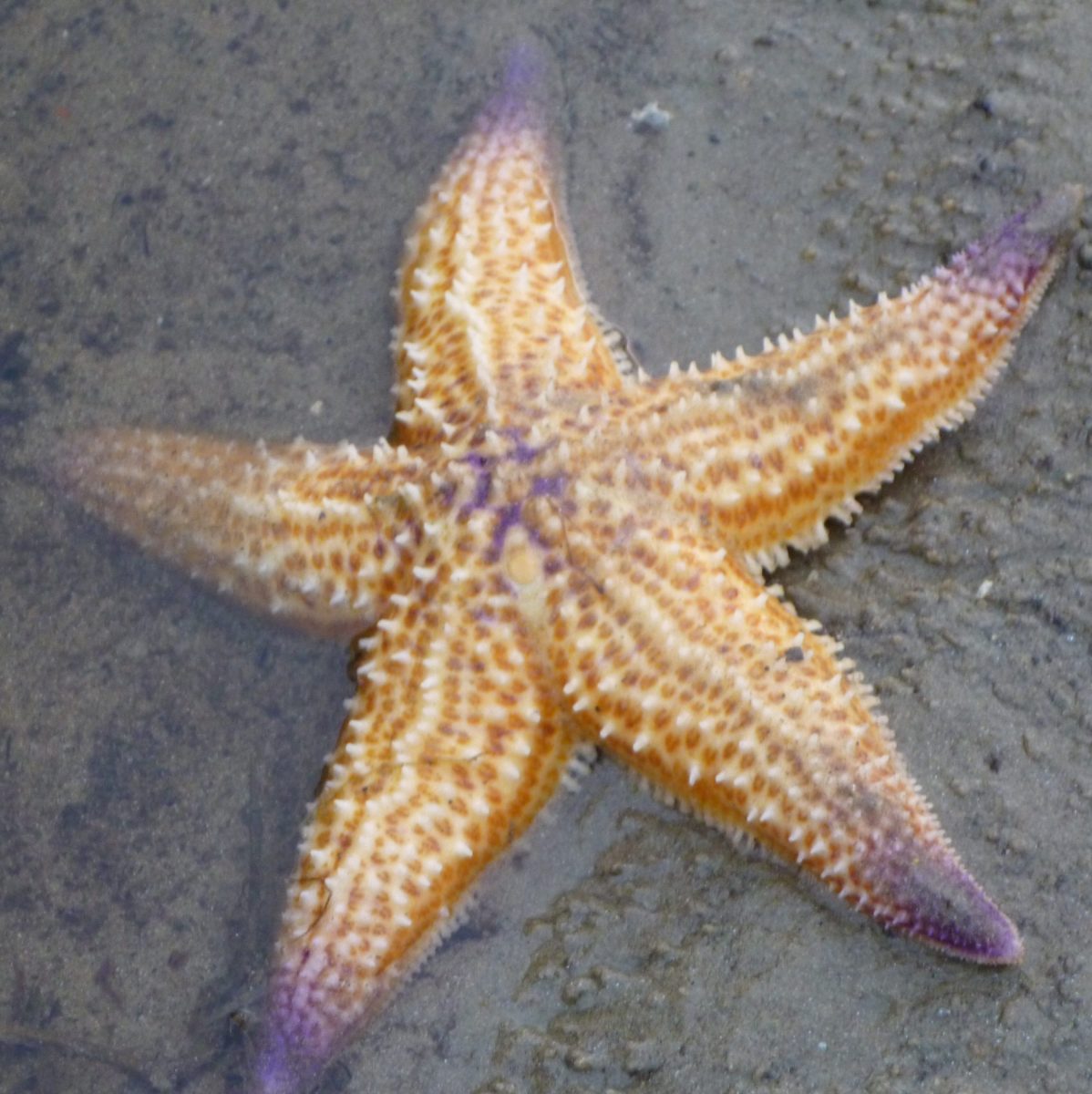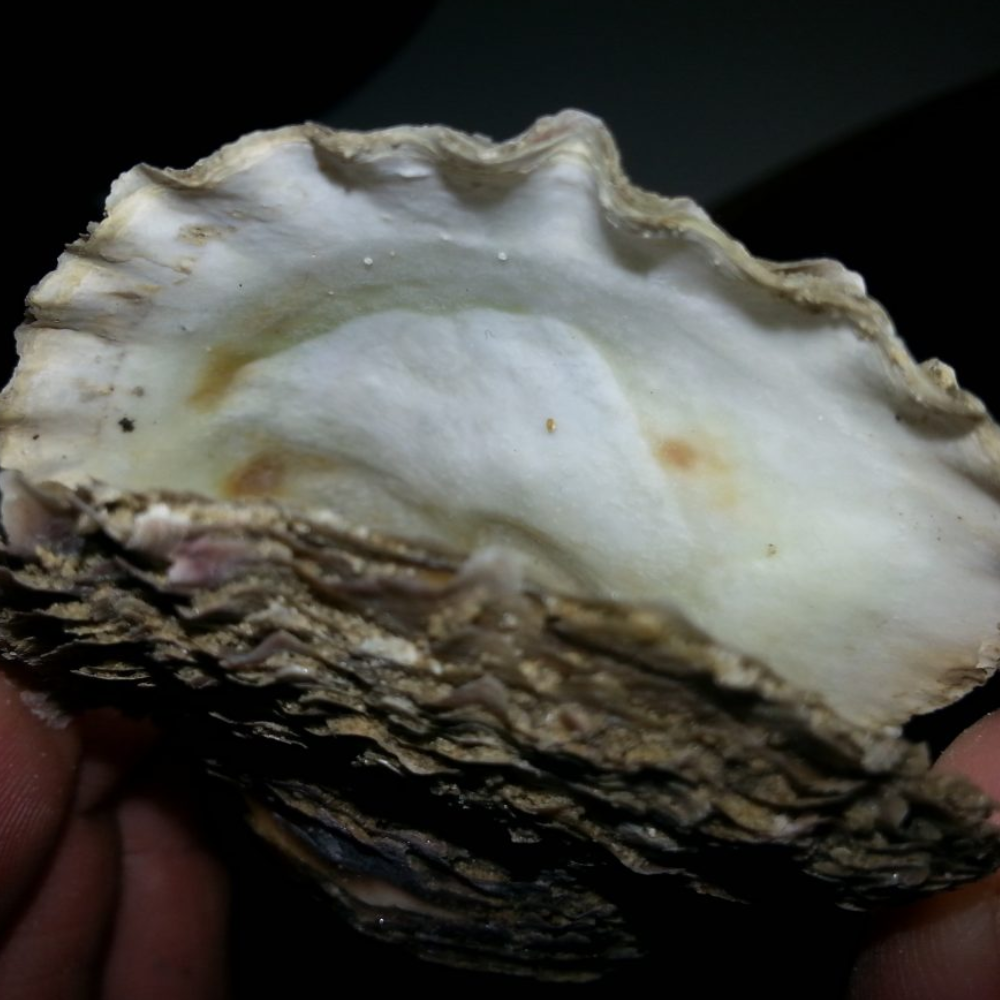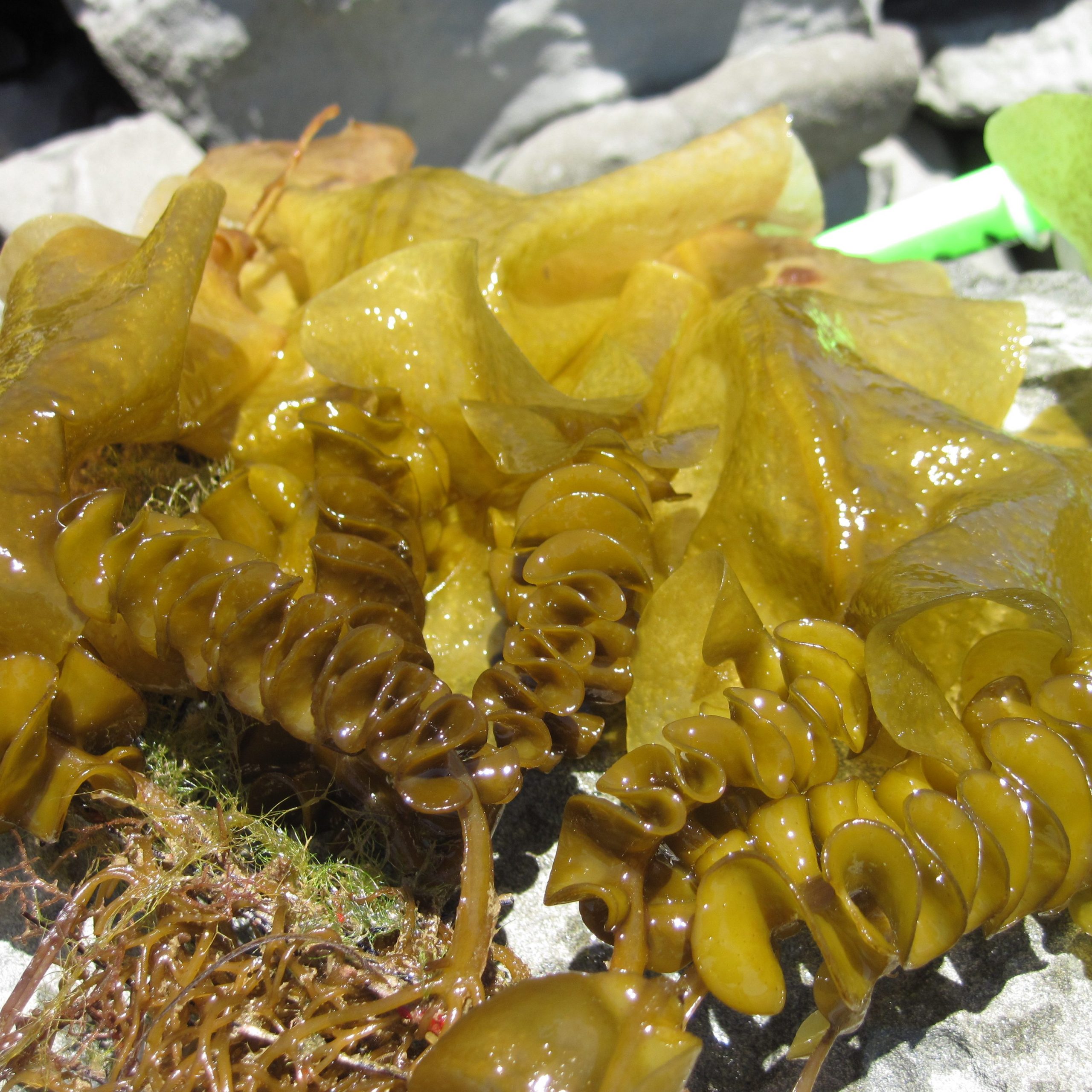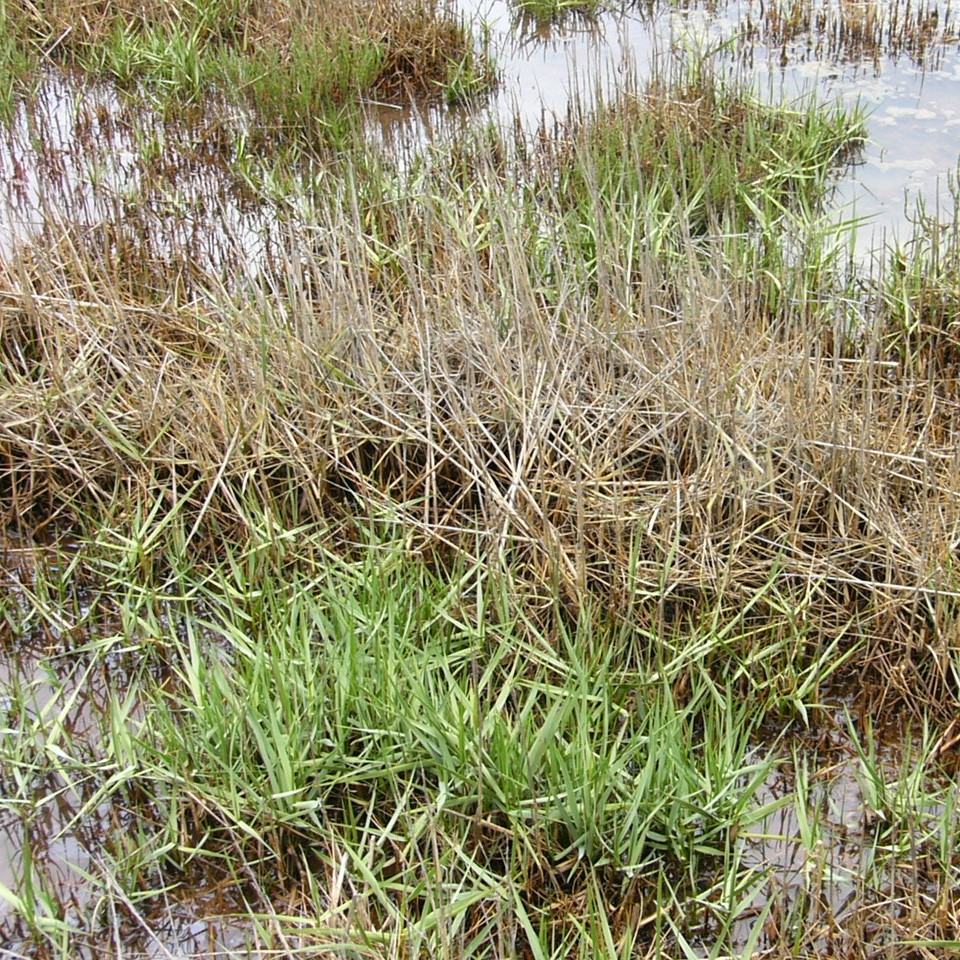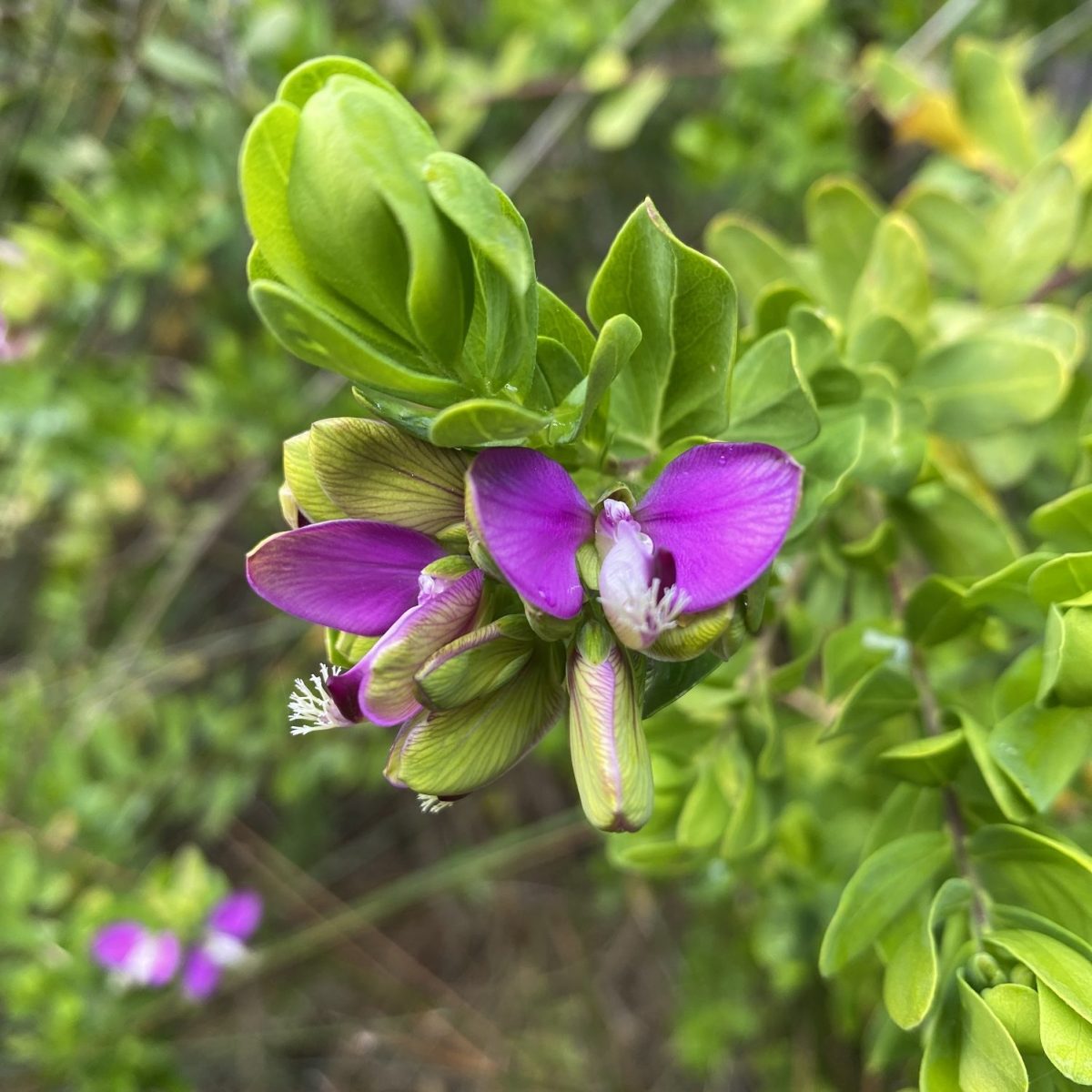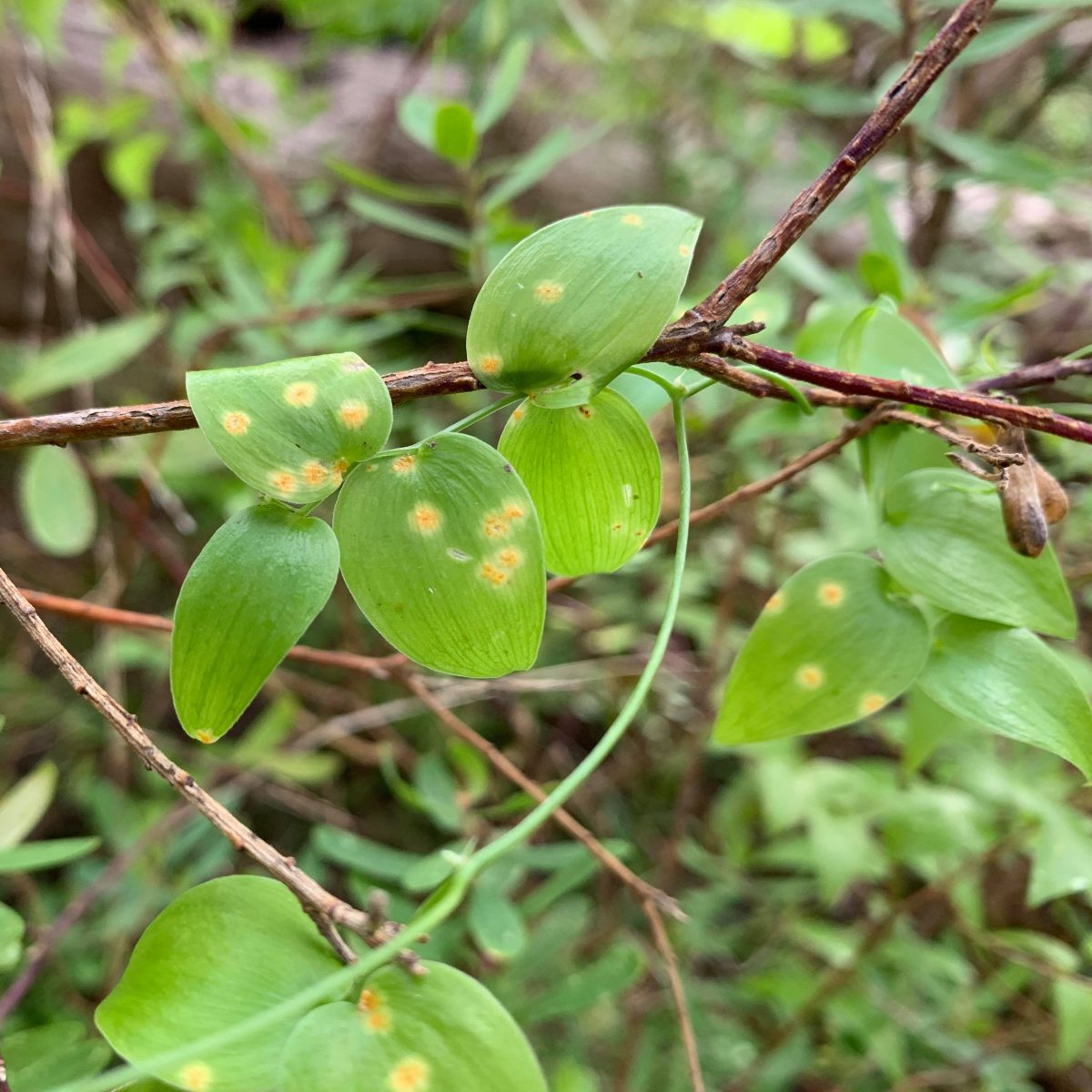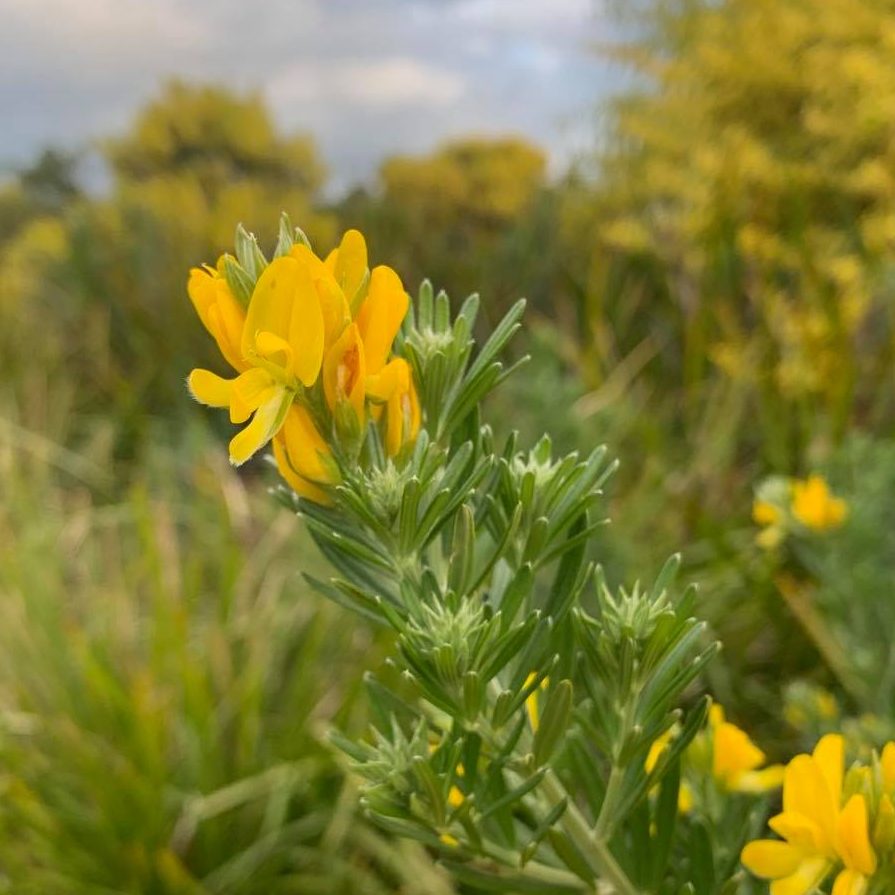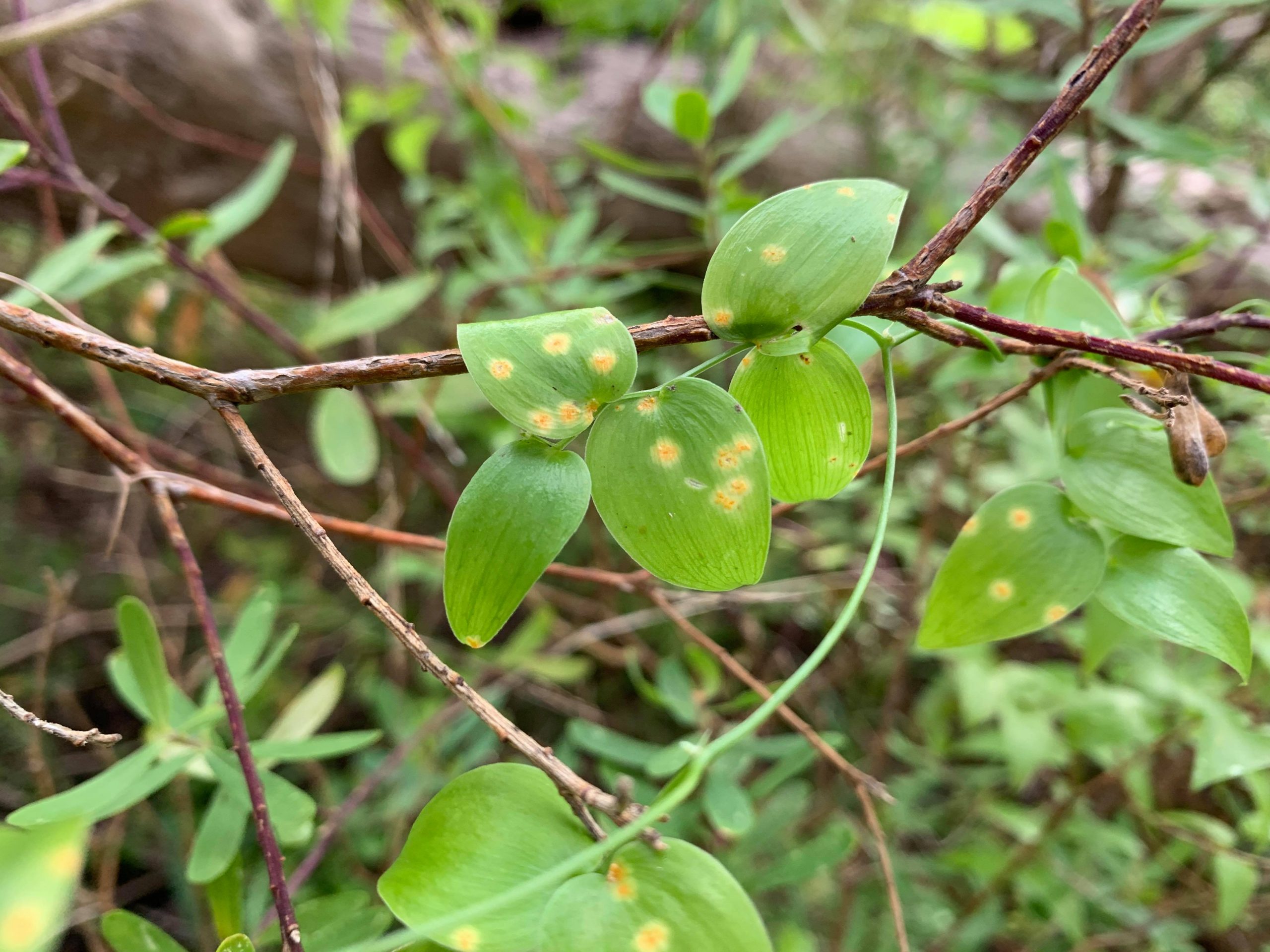
Introduced Pests
Pest plants and animals have come here from other countries around the world and often are very successful in invading their new homes due to the absence of predators or other natural controls.
They can arrive in many ways such as deliberately introducing them as occurred during Victoria’s European settlement, within the ballast water held in ships, or as garden escapees. Pest plants and animals can impact on both land and marine environments.
Pest plants are weeds that invade and take over space and nutrients needed by local native plants. Two common terrestrial weeds, Bellarine Pea (Polygala myrtifolia) and Bridal Creeper (Asparagus asparagoides) push out local plants at the Bluff, while Cordgrass (Spartina anglica) can aggressively invade and take over saline wetlands. Marine pest plants like the seaweed Wakame (Undaria pinnatifida) competes for space with our native seaweeds on rocky reefs.
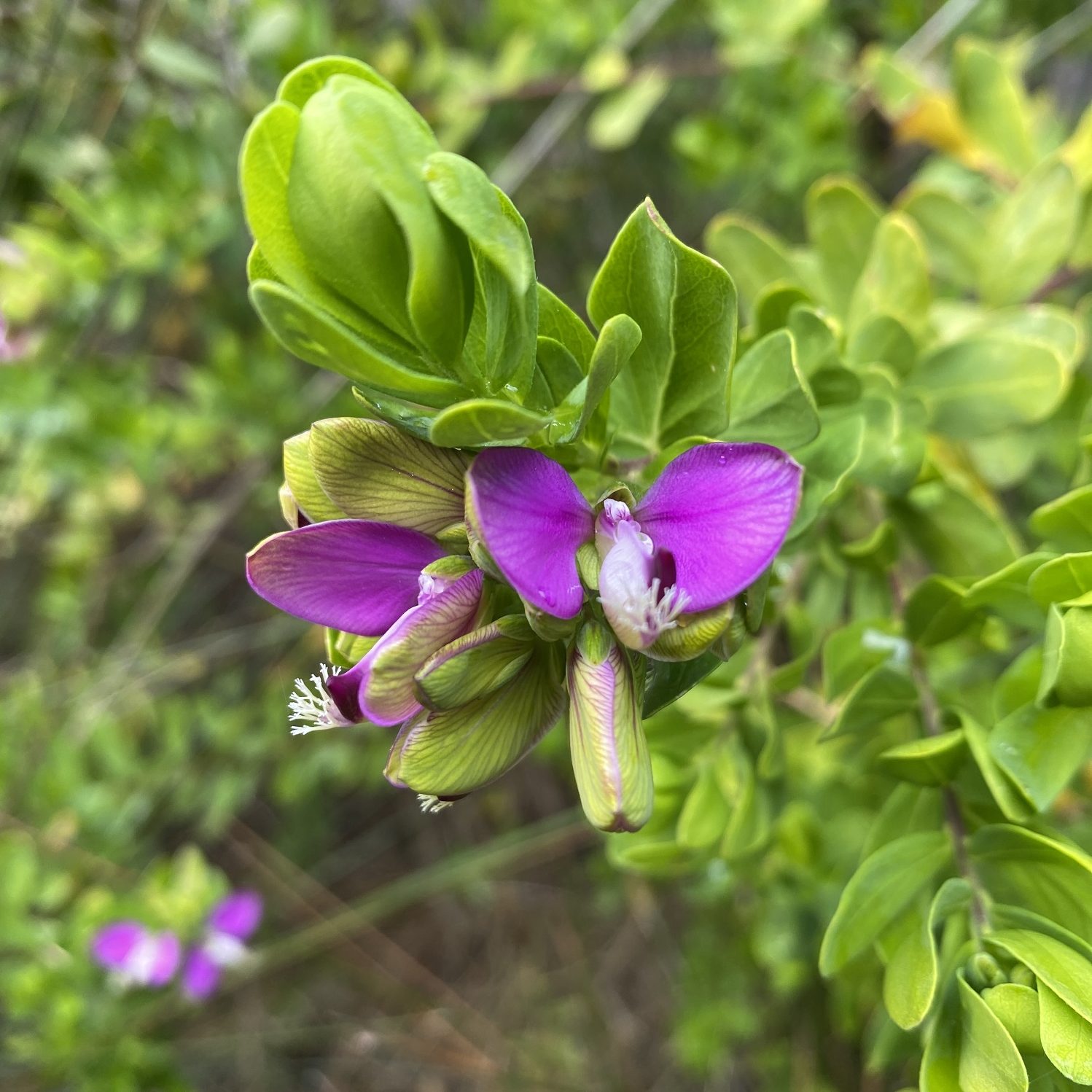
Pest animals can have significant impacts on local plant and animal populations through competition, predation, consuming native plants or enabling the spread of weeds. Rabbits eat a lot of local plants and their extensive, underground tunnels contribute to landscape change and greater opportunities for pest plants to invade. Foxes feed on a variety of native animals whilst marine pests such as the Northern Pacific Sea Star, Pacific Oyster, Mediterranean Fan-worm and European Shore Crab (Green Crab) continue to out-compete our native marine plants and animals.
How you can help
- Get involved with a local environment group for weeding or tree planting events
- Plant local native plants at home or in your school ground
- Make wise choices when purchasing nursery plants to ensure your new plant does not become an environmental weed
- Check Clean and Dry your boat and marine equipment like wetsuits regularly to help prevent the spread of marine pests
Marine Pests
At the time of putting this website together few of these marine pests have been observed around Barwon Heads but there is a real risk of them spreading from nearby Port Phillip Bay.
The best way to minimise their impacts is to stop them spreading in the first place and if seen reporting them so control actions can be taken before they become established.
To report sightings of marine pests in the Barwon Bluff Marine Sanctuary or the Barwon estuary use the link below to Agriculture Victoria’s marine pest reporting line or send details and images to marine.pests@agriculture.vic.gov.au
Terrestrial Pests
Learn more
Click any of the buttons below to explore resources and further information.
